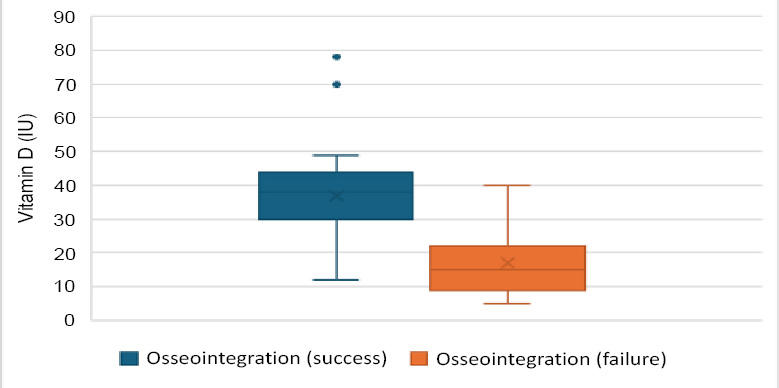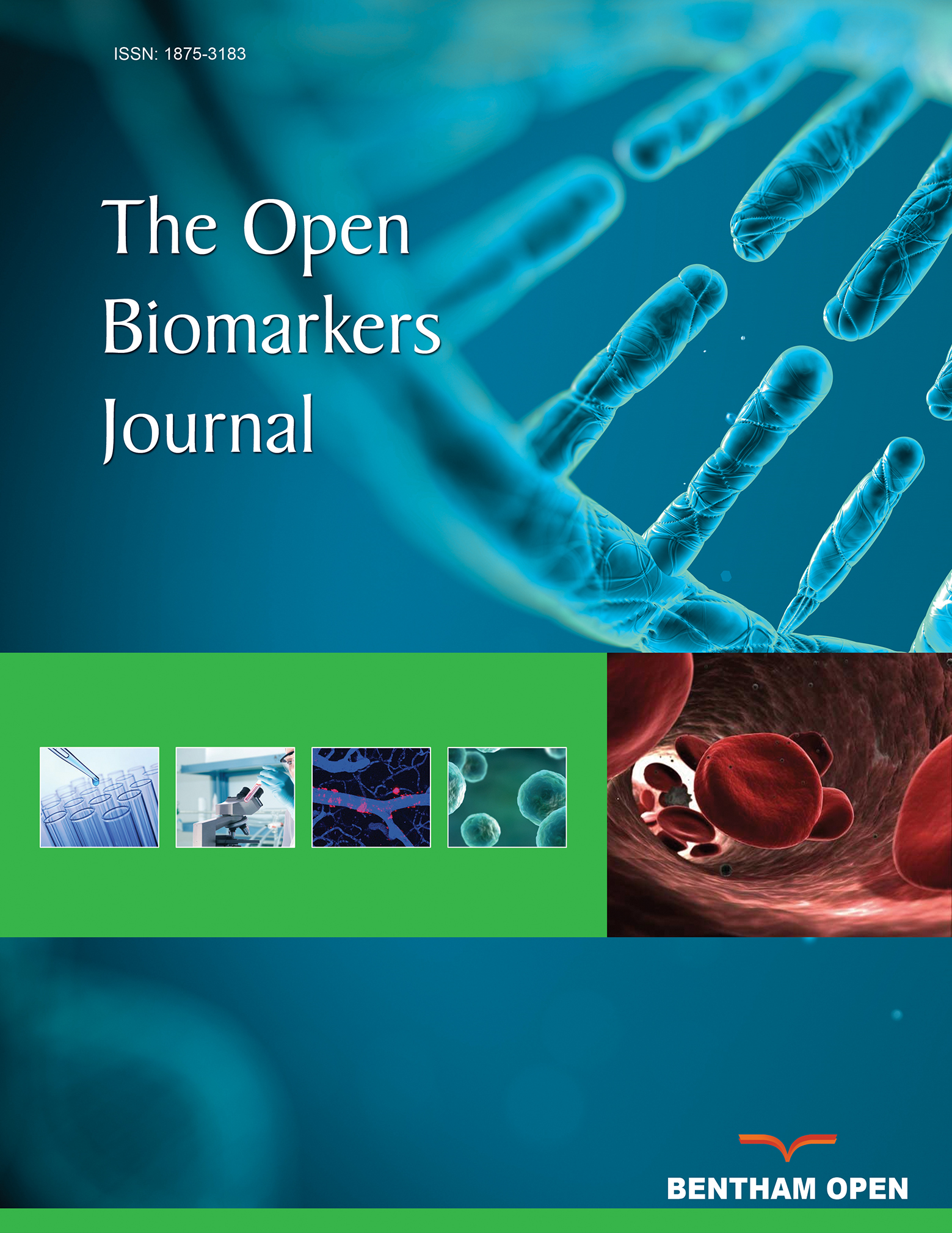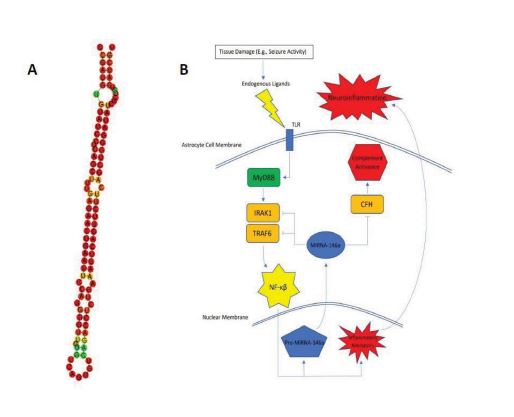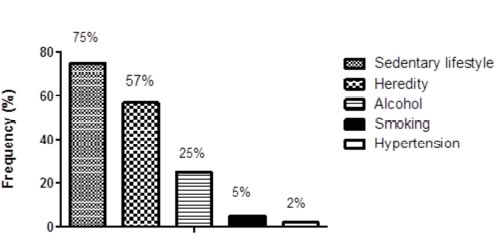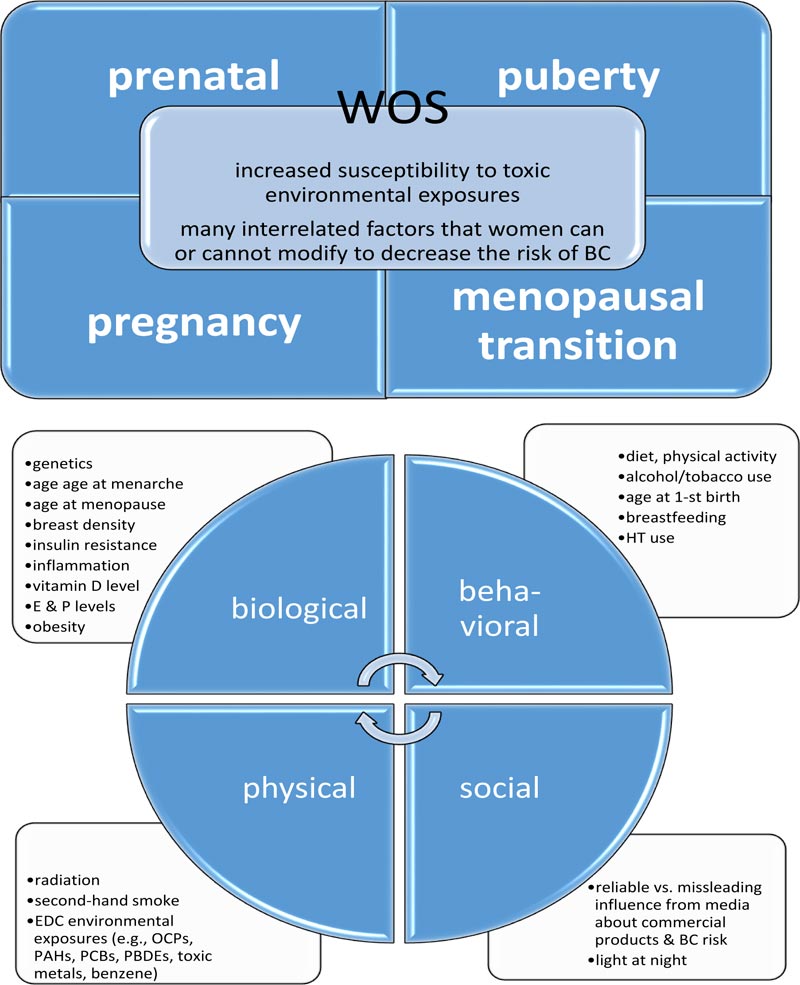The Open Biomarkers Journal is an open-access journal that publishes research articles, reviews/mini-reviews, letters and guest-edited single-topic issues on biomarkers in clinical, medical and pharmaceutical research. The coverage includes biomarkers of disease, new biomarkers, exposure to drugs, genetic effects and applications of biomarkers.
This journal is an important and reliable source of current information on the developments in the field. Emphasis is placed on publishing quality papers, making them freely available to researchers worldwide.
The Open Biomarkers Journal is an international, peer-reviewed, open-access journal covering all aspects of biomarkers published continuously by Bentham Open.
